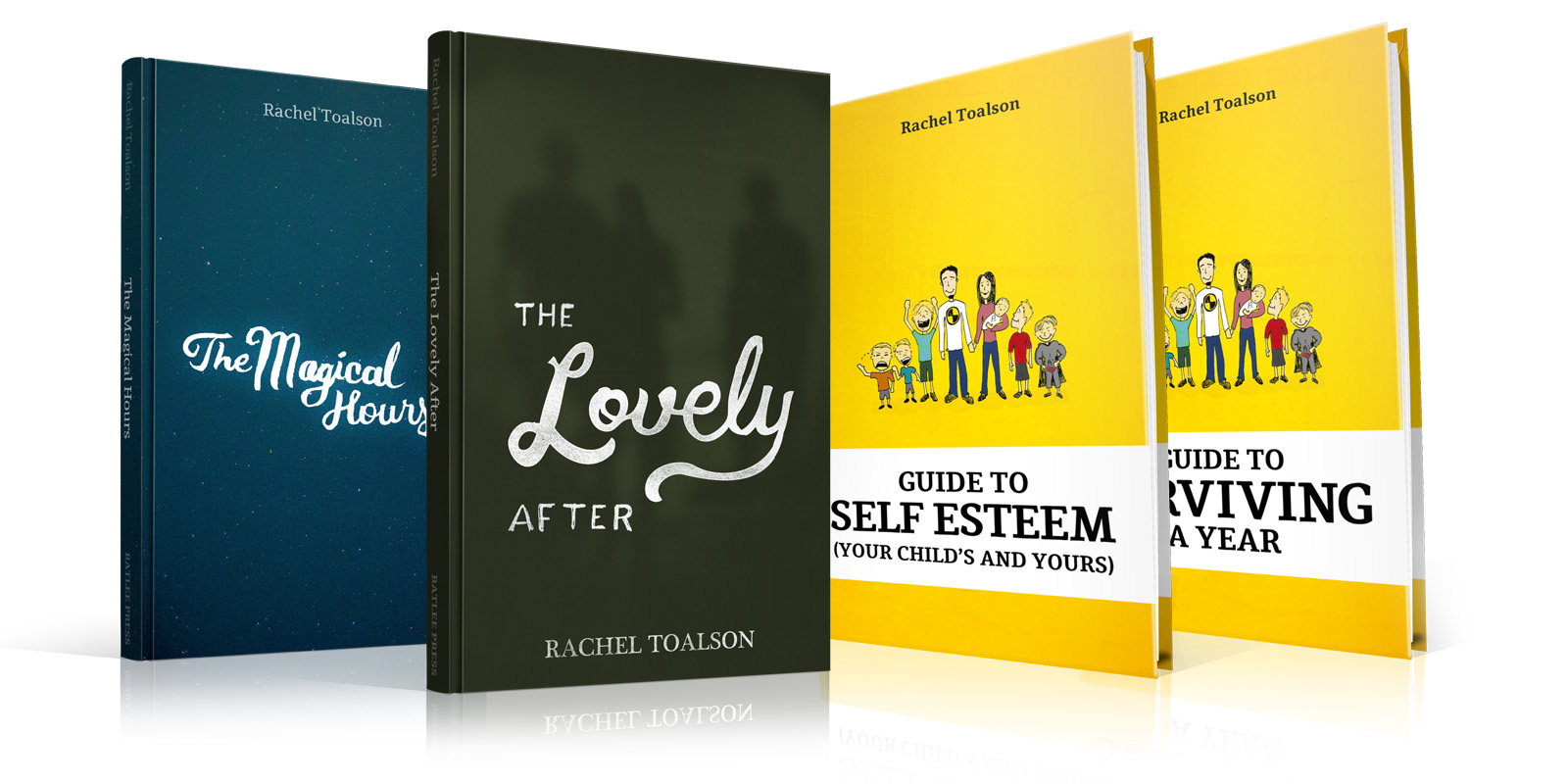As writer parents, we may not have much time to write. I do most of my writing in 18 hours a week, and that’s probably stretching it for most parents—especially if you work another job.
But I used to do it for only 30 minutes a day. One thing that that helped me immensely with my limited time was brainstorming.
Some writers shake their heads at brainstorming. They don’t want to be put in a box. They want to go where the story goes. They want to use the freshest voice to tell the best story, and they want to be surprised just like their readers.
I used to be that writer. And then I discovered, through an experiment that tracked daily word count, how much brainstorming can speed up my writing. So now I use it all the time.
For my nonfiction work, I keep a brainstorming notebook readily available at all hours of the day. In it is a running list of all the blogs and essays I plan to write in the next week.
I don’t write on weekends, because I’ve chosen to spend my weekends with my children, but I always record in my brainstorm journal all the essays I plan to write in the coming week—the topics I’m exploring, the tone I’d like to take, the thoughts I’ve already had about them. I take this notebook everywhere with me, and when I’m sitting in my car waiting for my kids to get buckled, I look at the list and jot down random ideas. Sometimes they don’t even make any sense in terms of coherent writing. Sometimes they make perfect sense, but either way, I’ve found that when it comes time to write the articles, they are written in at least half the time.
I do things a little differently as a fiction writer. I used to fly by the seat of my pants. In fact, I’ve written three whole novels without a brainstorm. And then I started on a fantasy series that required lots of characters and lots of action, and I decided it would help keep everything straight if I just plotted it all out.
It took me about five hours to plot and plan about 20,000 words worth of brainstorm text, which will result in about 150,000 or more words of story. Because of all the effort I made to plan the story out, I worked much faster than I ever had. In an hour and a half I could log 6,500 words. That means if I was only writing on that story once a week for an hour and a half, I could end up with an entire rough draft finished in about 23 weeks—just a little more than five months. And if I worked on it more than once a week, it would get done even faster.
When I’ve written books without a brainstorm, the rough and final drafts have taken me longer. Mostly because the rough draft meanders, taking me to places that aren’t really needed in a final draft, and then I have to spend time cutting out large pieces of text and piecing together the rest. But in the process of brainstorming, you learn before you start writing what needs to stay and what can go. That’s valuable time saved.
Now. Brainstorming fiction doesn’t work for everyone. I totally get wanting to stay open with the writing and deciding you don’t really need a scene-by-scene synopsis before you start writing, but we’ll never know what works until we try it. For me, brainstorming has made my writing much, much faster, which is incredibly valuable as a parent pinched for time.
So if we’re parent writers and we’re limited on time, brainstorming might be something we want to try. Here are some things to remember before we brainstorm:
1. A brainstorm is not set in stone.
Just because the brainstorm says that A must happen and our character suddenly wants B to happen, that doesn’t mean we have to force the character to do A instead. We can defer to B, because characters usually know best. A novel doesn’t have to go by the book every single time, but if we’ve done our work brainstorming and getting to know our characters thoroughly before we even begin, we won’t likely be surprised a whole lot. It may still happen occasionally, but not often.
Sometimes, when I’m looking at a brainstormed nonfiction piece and it’s come to the day of the writing, I have a completely different idea about what I want to say. That’s okay. In that case, what the brainstorm helped me do is further clarify what I really wanted to say, which likely still saved me time and, inevitably, frustration.
2. Brainstorming will take some time, too.
But it’s not nearly as much time as writing a rough draft without a brainstorm, at least not in my experience. Mostly because when we’re just writing thoughts on a page, it’s going to take a few drafts to turn those thoughts and fragmented words into a final draft. If we’ve already gotten those fragments out in a brainstorm, our rough draft is going to look a whole lot like the final. What I’ve found when I’ve brainstormed an essay before I write it is that it doesn’t take very long to massage those rough draft words into a final draft, because they’re much more concise and polished from all the thinking I did beforehand.
But if we’re hoping that brainstorming will just eliminate the need to do a final draft, we’re going to be disappointed. We still have to put in the work to make our words the best they can be.
3. Leave adequate time between the brainstorm and the rough draft.
Time helps our subconscious work out any problems that we might meet on the screen or the page. Problems like wording or connection, because sometimes our brainstorms will come out random and unconnected and seemingly confusing. But when we allow space between the brainstorm and the rough draft, we can often work out all those problems before we even get to the actual writing. For my nonfiction essays, I try to leave at least a few days between a brainstorm and a rough draft and another day or two between a rough draft and a final (this means I have to work with a production schedule). For fiction I leave much longer periods of time, because it’s beneficial to take a longer break between drafts so you can read it with fresher eyes.
4. Brainstorming will feel hard at first.
I didn’t really know what to do with brainstorming at first. I didn’t know what I was supposed to write or how it was supposed to be done. But there is freedom in brainstorming, fortunately. There is no right or wrong way to do an effective brainstorm. No one will be able to tell us how, because it’s different for every person. Some people outline. I can’t stand outlining, so I basically dump. For nonfiction, I write points on my page, sort of like an outline but with no numbers. For fiction, I write in scenes, just jotting down all the scenes that will happen in a novel and then rearranging them in a way that makes sense (they might be rearranged later, too). I also do extensive character histories and analyses, because it gives more depth to y characters. I brainstorm all the possible settings for those scenes and everything necessary to create a new world, if I’m writing science fiction and fantasy. But when I first started, I didn’t know all this. I just wrote myself into a process that worked for me.
Don’t be afraid to find what works for you. And don’t believe that just because brainstorming feels hard it’s not for you. Keep trying. You’ll find your groove. And I think you’ll be glad you did.


